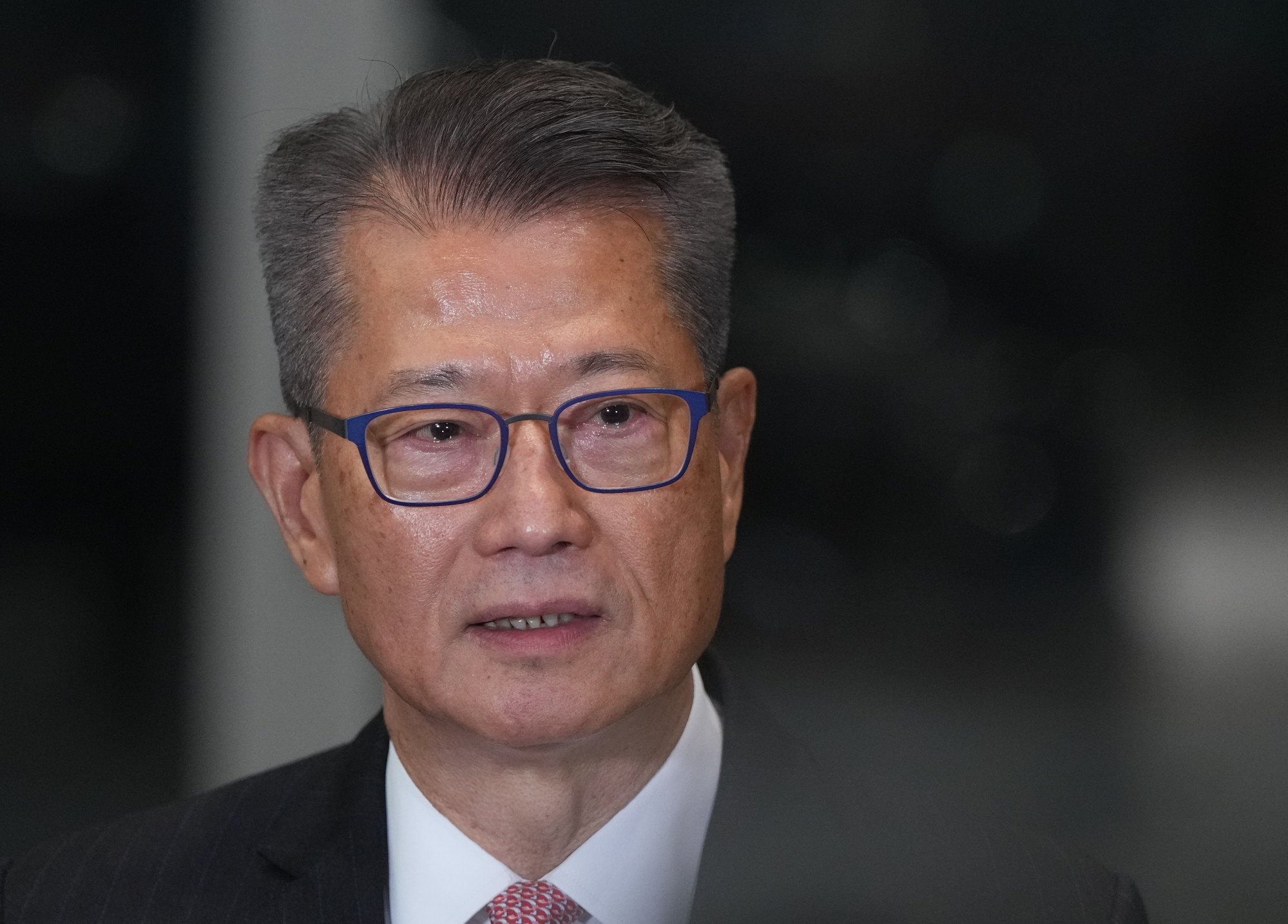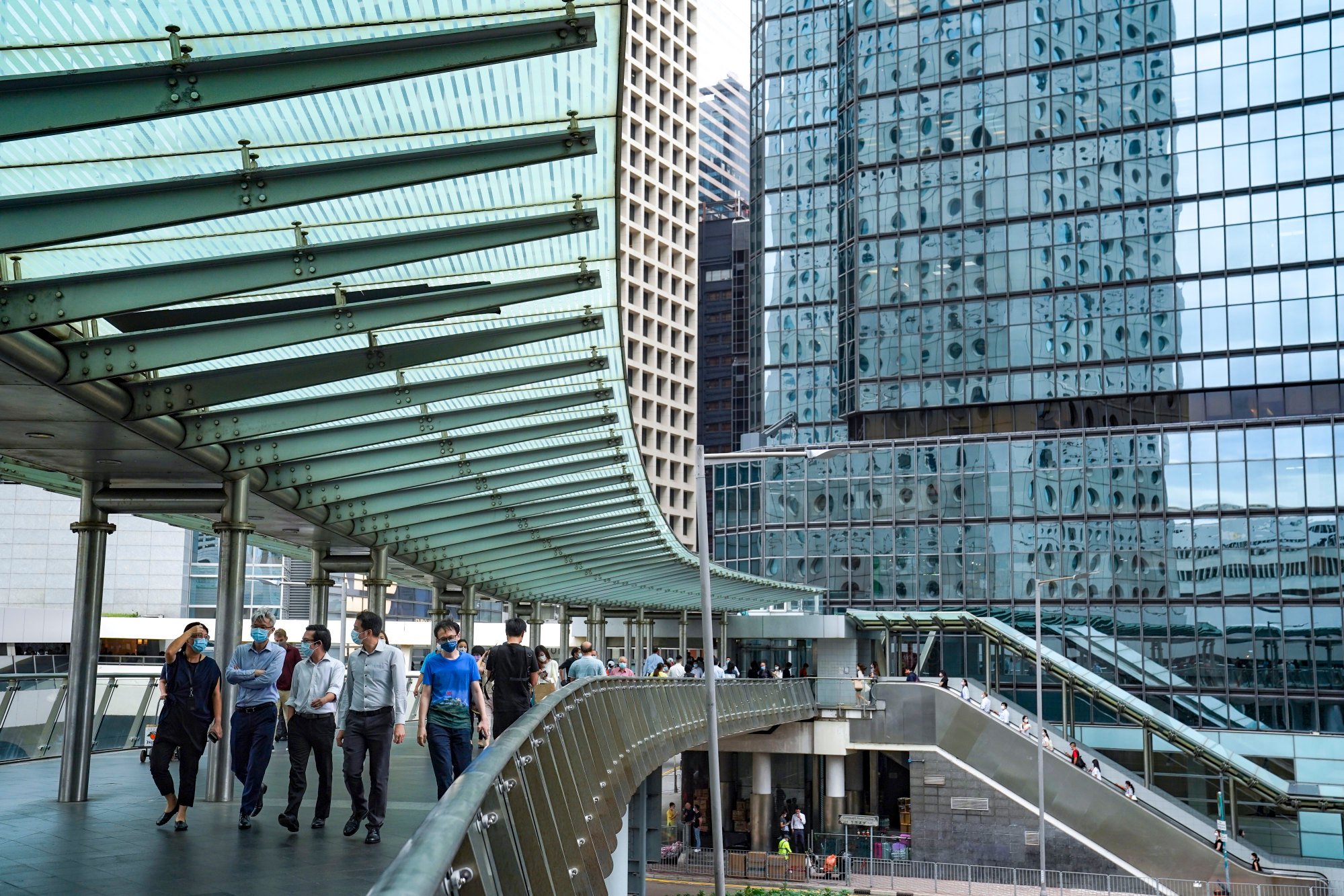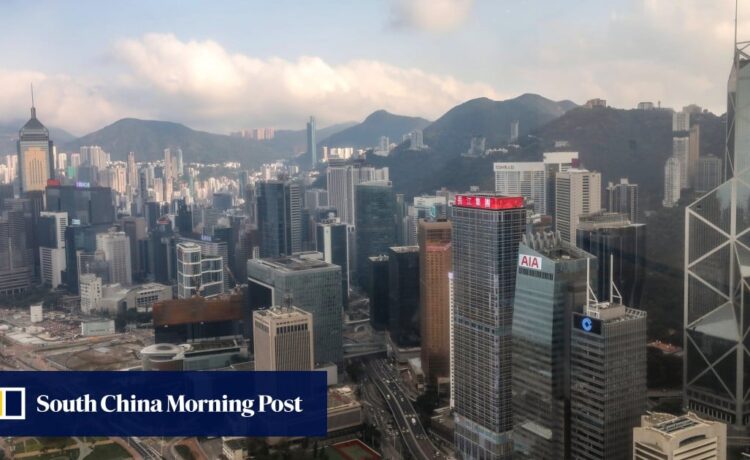“The Future Fund is like the emergency food supply for a hiker who gets lost on Mount Everest – you will have nothing when it’s used up,” said economist Simon Lee Siu-po, co-director of the Chinese University of Hong Kong’s International Business and Chinese Enterprise programme.
“The Hong Kong economy is now at a loss and needs to find a way out. We need to use the fund very prudently or it will be in danger.”

The city’s reserves, estimated at a decade-low HK$780 billion (US$99.7 billion) in 2023-24, are made up of operating reserves from the General Revenue Account, seven funds with designated uses, and the estimated HK$354.7 billion Future Fund.
The fund, set aside for longer-term investments to secure higher returns, consists of an initial endowment of HK$219.7 billion from the city’s Land Fund and periodic top-ups from budget surpluses.
It amounted to less than 20 per cent of the city’s reserves in 2019, with the proportion rising to nearly 40 per cent in 2023, and it is set to make up almost half this year.
Operating reserves have fallen from nearly 60 per cent to under 20 per cent over the same period because of shrinking government revenue and rising expenses.
Financial Secretary Paul Chan Mo-po announced in the 2021-22 budget that he planned to bring back the Future Fund’s cumulative investment returns to the operating account as investment income on a “progressive basis”.
That year and the following one, HK$25 billion and HK$35 billion respectively were brought back.
Chan said in his weekly blog on Sunday that the government would use its limited resources in a more focused and efficient manner.
“We anticipate the economy will improve gradually this year, and also hope the business environment for all sectors continues to improve,” he added.
A peach colour – which a source said symbolised morning sunlight optimism about the future – was picked for the cover of Wednesday’s budget statement.
“The colour of the cover in this year’s budget reflects such hopes,” Chan wrote.
Hong Kong’s Paul Chan faces challenge of budget balancing act to help recovery
Hong Kong’s Paul Chan faces challenge of budget balancing act to help recovery
Economists said the use of investment returns meant the Future Fund had already been unlocked, even when it could be argued otherwise legally with the seed money left untouched. They called for prudence or for the city to devise spending rules as other jurisdictions with funds, including Singapore, Canada’s Alberta province and Norway had done.
“The fund has been unlocked, strictly speaking, although only returns have been taken out,” Professor Liu Pak-wai, a former government adviser who recommended the financial secretary set up the Future Fund 10 years ago, said.
“It is time for the Future Fund to function as the rainy days have finally come … but the government should be very careful as the fund couldn’t grow as big as we wanted, given the lack of budget surpluses over the past few years to top up the fund.”
Only one top-up of HK$4.8 billion, representing about a third of the surplus in 2015-16, has been allocated to the fund so far.
The city is expected to record its fourth budget deficit in five years, the exception being 2019-20. The shortfall is predicted to balloon to more than HK$100 billion in 2023-24, far more than the initial estimate of HK$54 billion.
The Future Fund, set up in 2016, was recommended by a working group on long-term fiscal planning appointed by the financial secretary in 2014, when Hong Kong enjoyed more than 10 successive years of budget surpluses.
The advisers said the city needed to act early to manage its finances in a sustainable way because of the burden of an ageing population.
Although the Monetary Authority (HKMA) has invested the biggest portion of the fund, the financial secretary has in recent years also adopted a more targeted and ambitious investment approach by putting HK$32 billion from it into the Hong Kong Growth Portfolio.
The aim of the Growth Portfolio is to invest in companies, projects or funds that can benefit the city economy and generate reasonable risk-adjusted returns.

Another HK$10 billion was also taken out, with half being used to set up a Greater Bay Area Investment Fund, and the other half to form a Strategic Tech Fund for investing in mid-stage IT start-ups. The Hong Kong Investment Corporation (HKIC) manages the three funds.
Chan also set aside HK$30 billion from the Future Fund in 2022 to establish the Co-Investment Fund, which offers incentives to enterprises with strategic value to set up operations in the city.
He also transferred HK$27.3 billion from the fund in 2020 to invest in Cathay Pacific Airways as a lifeline to uphold the city’s aviation hub status during the pandemic.
An HKMA spokeswoman said the parts the authority managed were placed with the Exchange Fund, and had a composite rate of return for 2021 and 2022 of 17.8 per cent and minus 3 per cent respectively. The figures for 2023 will be disclosed in its annual report later.
According to the Financial Services and Treasury Bureau, by December 31, the biggest return of HK$58.56 billion was recorded in 2021. The worst performance was a loss of HK$9 billion in 2022. It added that it had obtained a dividend income of HK$1.52 billion from Cathay Pacific in 2023.
Budget documents show the annual investment income from the Land Fund ranged from HK$37.68 billion to about HK$49 billion over the past three years.
A spokesman for the HKIC did not reveal investment returns on the three funds it ran. It said it would “adopt a long-term and multidimensional perspective to evaluate the deliverables of the corporation”.
“The government needs to set up guidelines on how much we can take out from the fund to ensure discipline,” Lee added. “Can we still take money out when the investment suffers a loss in a year like 2022?”
Hong Kong’s Paul Chan aims for ‘balanced’ budget measures to boost public confidence
Hong Kong’s Paul Chan aims for ‘balanced’ budget measures to boost public confidence
He said more disclosure of the fund’s investment composition was needed for the public to understand more about its performance and avoid unnecessary speculation.
Budget documents said investment returns from the fund would be retained by the Exchange Fund – used to defend the city currency – for reinvestment until December 2030 or on a date selected by the financial secretary.
Liu said the authorities should only dip into the Future Fund when fiscal reserves fell to a level where they covered less than six months of government expenditure.
“The government needs cash flow equivalent to about six months of expenditure in the first half of a year as tax revenues usually come in the latter half of the year,” he said.
The estimated fiscal reserves for 2023-24 are equivalent to less than 12 months of expenditure.
Liu said, before dipping into the fund, the government could consider issuing more bonds to finance infrastructure, as well as cut expenditure. But he said a spending limit was unnecessary as the government should be prudent at all times.
Hong Kong has plenty of room for manoeuvre on debt-to-GDP ratio, economist says
Hong Kong has plenty of room for manoeuvre on debt-to-GDP ratio, economist says
The Singapore government is restricted by a spending limit of 50 per cent of the annual investment returns from its reserves.
In Norway and Alberta, which also have reserve funds, annual withdrawals should not exceed real investment returns.
The Land Fund, a major component of the Future Fund, was established in Hong Kong on July 1, 1997. The government is required to seek approval from the Legislative Council when drawing down on the fund.
Henry Tang Ying-yen, the financial secretary at the time, obtained approval to withdraw HK$120 billion in 2003-04 and HK$40 billion in 2004-05 to meet cash flow shortfalls after deficits in the wake of the severe acute respiratory syndrome outbreak.
The bureau spokesman did not comment on the need for approval to use the fund’s returns.
Additional reporting by Jess Ma















